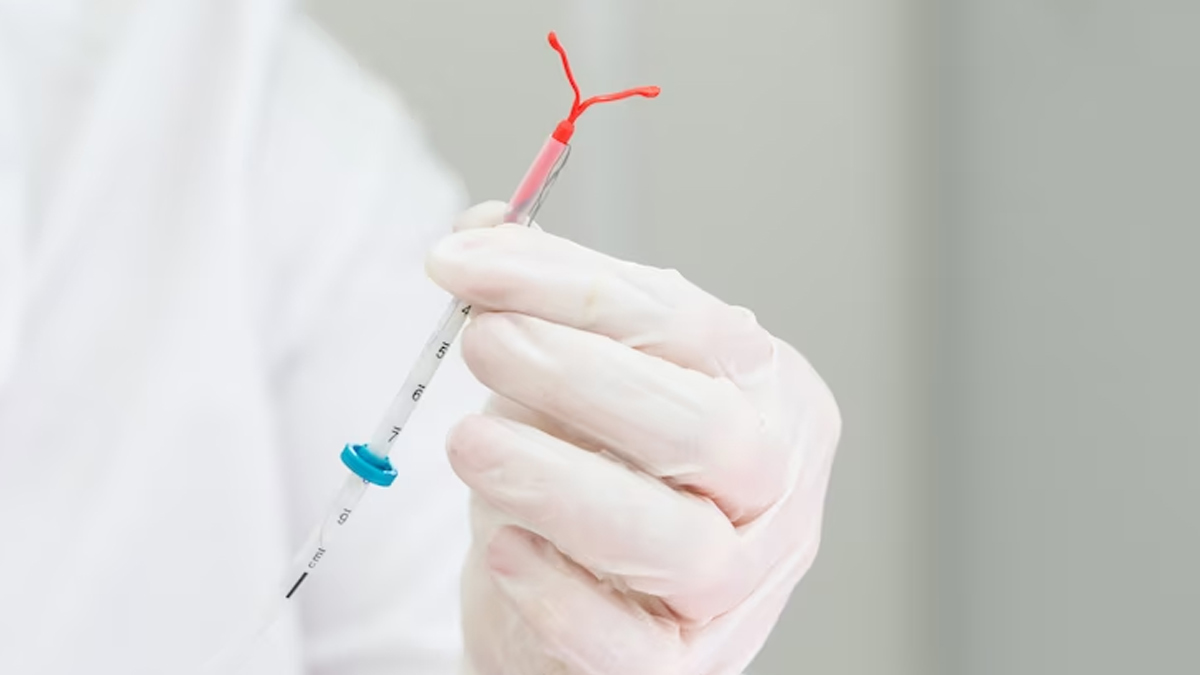
An intrauterine device (IUD) is a small, T-shaped device made of plastic and copper which is inserted into the uterus to prevent pregnancy. It works by preventing the sperm from reaching and fertilizing the egg. The IUD can be left in the uterus for up to 10 years and can be removed at any time.
Table of Content:-
What Are IUD Strings
IUD strings are strings of plastic or metal used in intrauterine devices (IUDs). IUDs are a form of birth control that is inserted into a woman's uterus. The strings hang down through the cervix into the vagina and can be used to check that the IUD is still in place. When you have an intrauterine device (IUD) implanted, your healthcare professional will show you how to check the strings of your IUD every month. These are the two plastic threads that are attached to the gadget. Because IUD strings cannot be seen, you must insert your finger and feel for them.
Also read: 5 Effective Contraceptives Other Than Condoms To Help Prevent Pregnancy
What Causes Your IUD To Move
IUDs can move if they become embedded in the wall of the uterus, if they are expelled from the uterus, or if they are not placed properly. This can be caused by incorrect placement, incorrect size, or a uterus that is abnormally shaped. Other causes of IUD movement include physical activity, such as vigorous exercise, and changes in the uterus due to pregnancy, childbirth, or other medical conditions.

It is uncommon for an IUD to shift, although it can occur. It is particularly frequent during the first few months after it is implanted. An IUD may shift if:
- You have a small uterine cavity and powerful uterine contractions during your period.
- Your uterus has a prominent tilt, and your IUD is implanted by a doctor who is unfamiliar with the operation.
- You are under the age of 20, you are breastfeeding
- You had the IUD placed immediately after giving birth
Signs Of Displaced IUD
Signs of a displaced IUD may include:
- Pain in the lower abdomen or pelvic area
- Unusually heavy or irregular menstrual bleeding
- Increased menstrual cramps
- Unusual vaginal discharge or odour
- Spotting between periods
- Pain during sexual intercourse
- Difficulty removing the strings of the IUD during self-check or when examined by a healthcare provider
- Inability to feel the IUD threads with your fingertips
What Should You Do If You Suspect Your IUD Has Shifted?
If you believe your IUD has shifted, do not attempt to replace it on your own. Instead, contact your doctor or healthcare provider and schedule an appointment as soon as feasible.
Also read: Male Contraceptive Pills Show Promising Results In A New Study
Your doctor will perform an exam and tests to determine whether or not your IUD has relocated. If it has, they will discuss your alternatives with you.
Image credit-- FreePik
Also watch this video
How we keep this article up to date:
We work with experts and keep a close eye on the latest in health and wellness. Whenever there is a new research or helpful information, we update our articles with accurate and useful advice.
Current Version